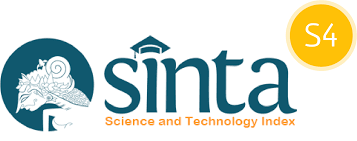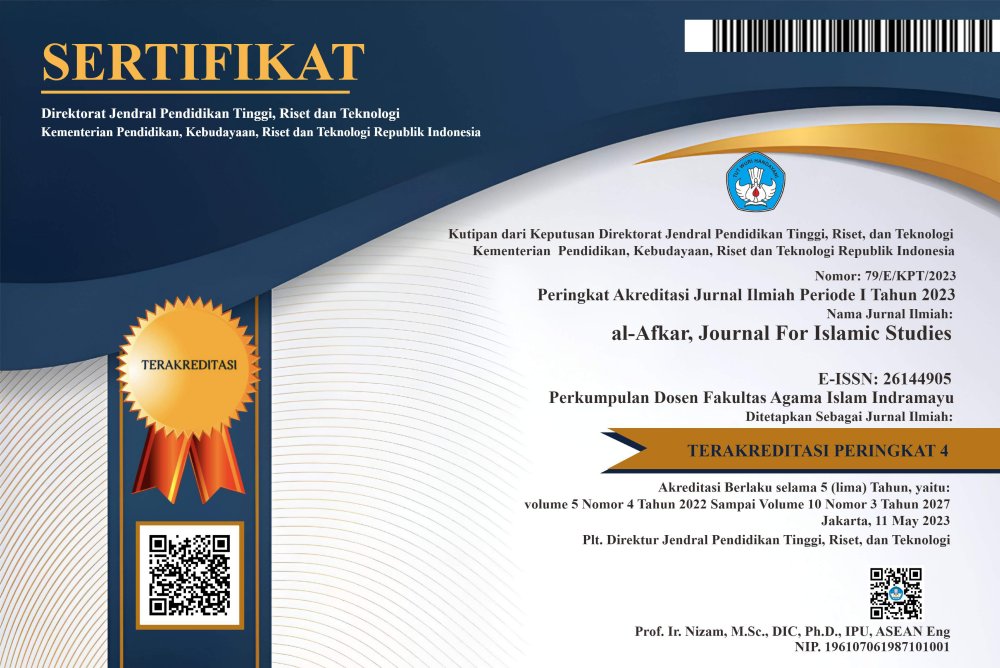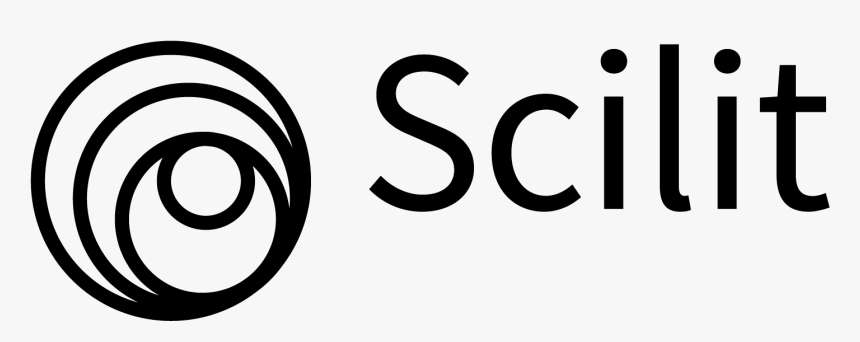The Role of a Muslim Artist
DOI:
https://doi.org/10.31943/afkarjournal.v5i2.284Keywords:
The Role of Muslim Artist, Islamic Art, Islamic values, Islamic WorldviewAbstract
Tracing the history of human civilization, works of art have existed for a long time, and have been made for various purposes from good to bad. Because of that, an artist has the ability to influence others through their artwork. Certainly, there are values that formed the basis for them to function as an artist. But today, the never-ending conflict of values due to the influence of Western secularization has confused Muslims on the values they should uphold. This article then is aimed to clarify the role of a Muslim artist based on the Islamic values. This is a library research study which applies the conceptual analysis methodology. An evaluation was done on the concepts of Islamic art according to scholars explaining the worldview of Islam and the roles of artists. This study finds that a Muslim artist is responsible to 1) bring other people to know and acknowledge Allah SWT; 2) invite to good and forbid evil; 3) produce artworks that are compliant with Islamic law and principles; and 4) to make art as a medium of good conduct instead of an end in itself.
Downloads
References
Akademi Jawi Malaysia.
Aminah Sayyid Muhammad. Toward Islamization of Disciplines in chapter Islamization of the Visual Arts. Virginia: The International Institute of Islamic Thought, 1995.
Al-Attas, Syed Muhammad Naquib. Islam and Secularism. Kuala Lumpur: HAKIM, 1993.
____________. Prolegomena to the Metaphysics of Islām. Kuala Lumpur: UTM Press, 1995.
____________ in Wan Mohd Nor Wan Daud, Dalam Terang. Petaling JayA: Tradisi Ilmu, 2004.
____________. Islām – Faham Agama dan Asas Akhlak. Kuala Lumpur: IBFIM, 2013.
____________. Makna Kebahagiaan dan Pengalaman dalam Islam. Kuala Lumpur: IBFIM, 2014.
____________. Risalah untuk Kaum Muslimin. Kuala Lumpur: IBFIM, 2014.
____________. On Justice and the Nature of Man. Kuala Lumpur: IBFIM, 2015.
Barzun, Jacques. The Use and Abuse of Art. Washington D.C: Princeton University Press, 1975.
Cox, Harvey. The Secular City – A celebration of its liberties and an invitation to its discipline. New York: Macmillan Publishing, 1966.
Al-Dimasyqi, Al-Syeikh Arslān. Risalah al-Tawhid. Translation and notes by Raja Ahmad Mukhlis. Selangor: Maktabah al-Ihya’, 2020.
Al-Faruqi, Ismail and Lamya, Lois. The Cultural Atlas of Islam. New York: Macmillan Publishing, 1986.
Al-Faruqi, Ismail. Al-Tawḥīd: Its Implications for Thought and Life. Virginia: International Institute of Islamic Thought, 1998.
Gablik, Suzi. The Re-enchantment of Art. London: Thames and Hudson, 1994.
Al-Ghazali, Muhammad. Reflections on Islamic View of Art and Literature. Islamic Studies, vol.35, No.4 (Winter 1996). 425-434.
Graham, Gordon. The Re-enchanment of the World: Art Versus Religion. Oxford: Oxford University Press, 2010.
Hagedorn, Annette. ‘Architecture and Art’ in Islam: Art and Architecture. (Ed.) Markus Hattstein and Peter Delius. Cologne: Konemann, 2000.
Khalif Muammar, “Metaphysical Underpinnings of Islamic Art” (unpublished manuscript, Jun 4, 2021) typed.
Khatijah Sanusi. Visual Art Education: An Islamic Perspective [Research Paper, 1998]. Bureau of Research and Consultancy, Institut Teknologi MARA. Shah Alam, Selangor.
Muhammad Qutb. Manhaj al-Fann al-Islami. Kaherah: Dar el-Shorouk, 1980.
Nasr, Syed Hossein. Art and Spirituality. New York: State University of New York Press, 1987.
Ozkan, Suha. “Moderns and Anti-Moderns- a Critical Look into the Architectural Developments of the Recent Past”, in Islām and the Challenge of Modernity: Proceedings of the Innaugural Symposium on Islām and the Challenge of Modernity – Historical and Contemporary Contexts, August 1-5, 1994. Ed. Sharifah Shifa al-Attas. Kuala Lumpur: ISTAC, 1996.
Wijdan Ali. The Status of Islamic Art in the Twentieth Century. Muqarnas, vol.9 (1992), 186-188.
Wikipedia. Seni Rupa Islam. https://id.
Downloads
Published
How to Cite
Issue
Section
License
Copyright (c) 2022 Noor Idayu Abd Wahid, Khalif Muammar A. Harris

This work is licensed under a Creative Commons Attribution 4.0 International License.



















